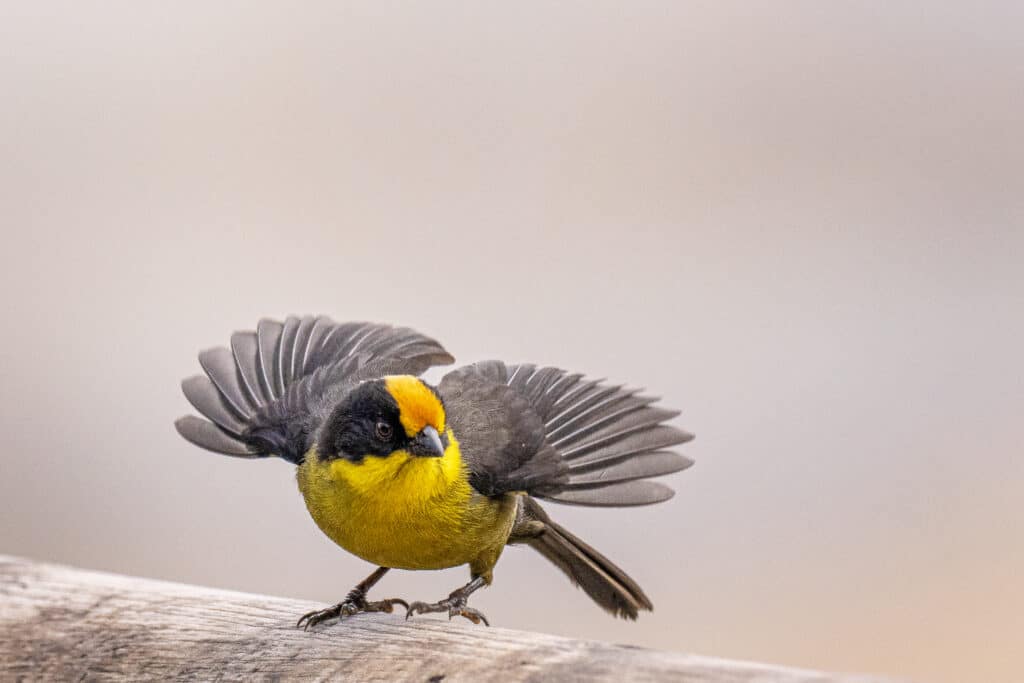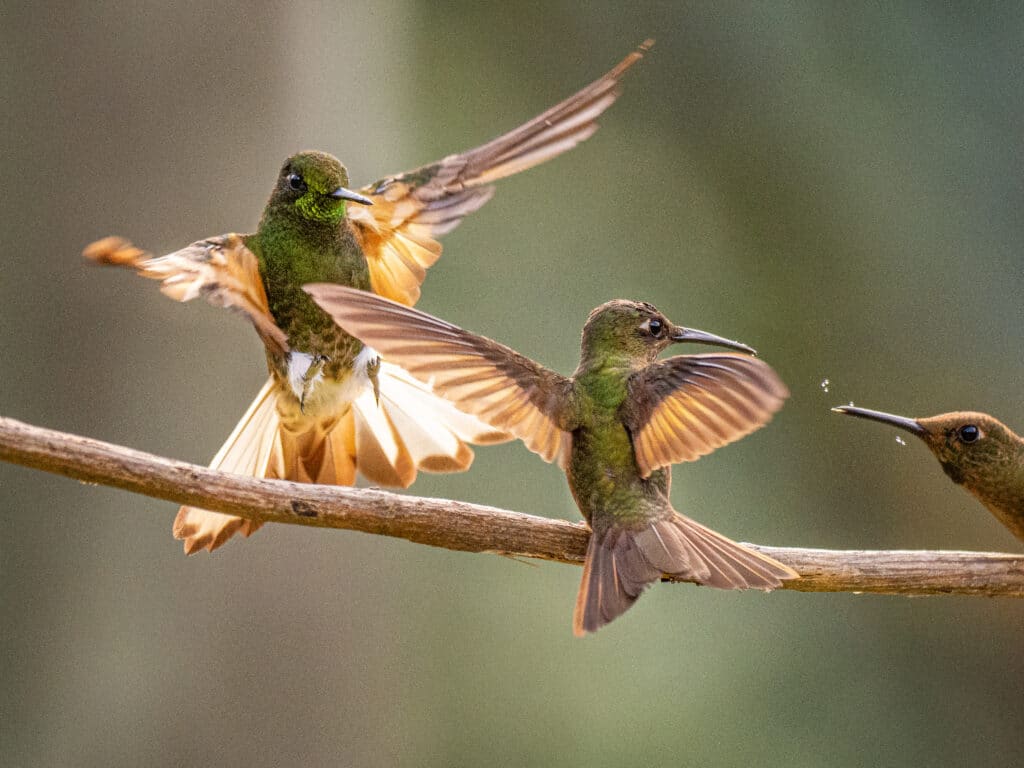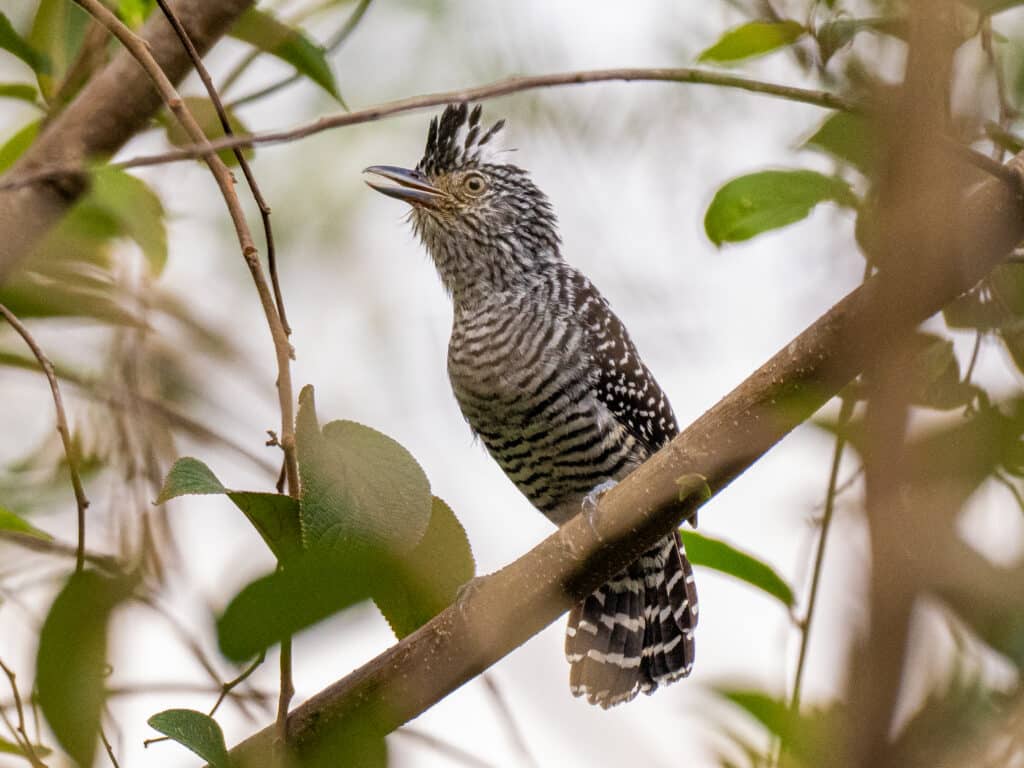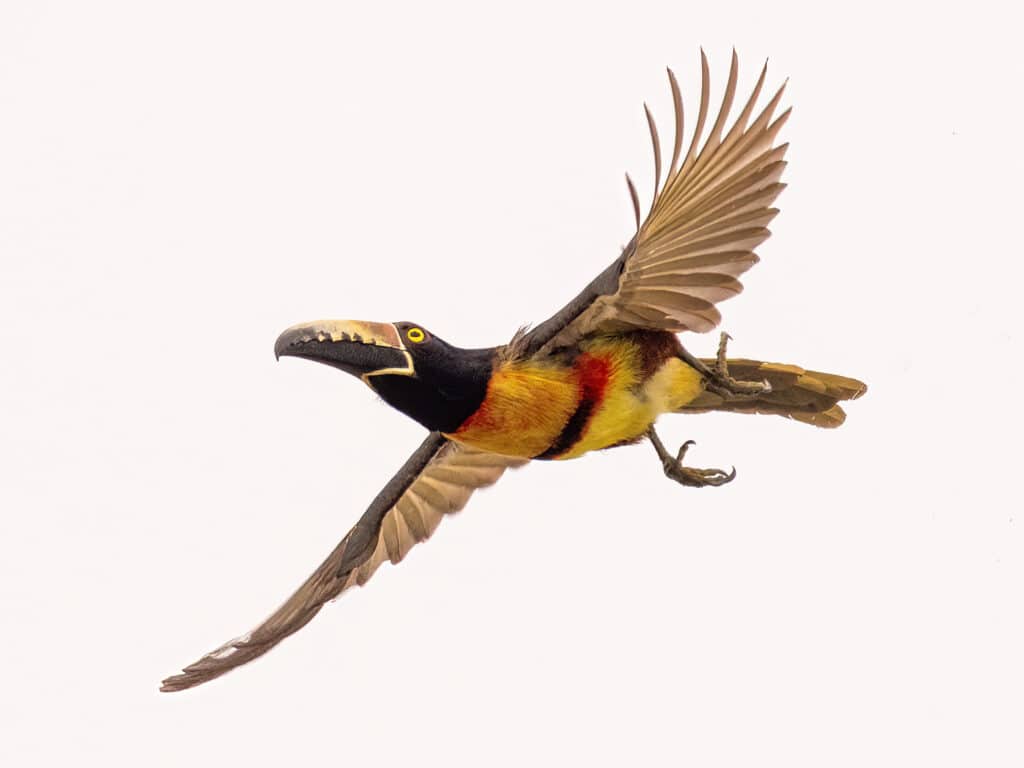
As I’ve been photographing quite a few birds lately I thought I’d review how I program or set up my camera to maximize my success for bird photography.
Birds are without a doubt one of the more challenging subjects for camera technique. Having the proper settings can make all the difference between joy and utter frustration on a bird photography outing. Every camera make and model can be a little different so you need to cross check my suggestions with what might be proper for your particular camera brand. In some cases the settings are more or less universal in others knowing the best setting for your specific camera make and model can make a difference.
These days I am shooting my Olympus OM-1 (Mark 1) camera for bird photography. I use a Olympus 300mm f4 lens, most of the time I have the 1.4X teleconverter attached. Occasionally I will use the 2X teleconverter or remove the teleconverters, but for probably 80% of my images it is the 300mm with the 1.4X attached. The result is a 420mm f5.6, or in full frame camera terms I have the reach of a 840mm f 5.6. This focal length means I have the reach to capture small birds at a considerable distance. The first rule of bird photography is: “You need the longest lens possible.” The second rule of bird photography is: “It’s not long enough…” Even with the 840mm reach I find that most of the time I am cropping my image file to get the proper composition. Post processing tools these days have greatly assisted in these needs but more on that later.
Setting up your camera for good bird photography.

Prime lens vrs zooms.
Generally speaking prime lenses have some advantages over zoom lenses. They have some disadvantages too. First the advantages of a prime: they tend to be sharper, they tend to be faster focusing, they tend to be brighter in the viewfinder. All of these things are important for bird photography. Put a teleconverter on a prime lens and you may not notice any degradation of performance or image quality. Put the same teleconverter on a zoom lens and that may or may not be the case. The disadvantage of a prime lens vrs a zoom is that you cannot pull back to reveal a wider view. While this is handy see the first two rules of bird photography above—it is rarely needed.
I am giving you this information not to make you nervous about your set up but for you to understand how I work and why I work the way that I do. Also on the assumption that you like me are always looking to spend some more money on new toys…
Here are the basics of how I set my camera to go out photographing for birds.
ISO
ISO—set to auto. You may want to set a limit on how high your ISO can go in the auto setting mode. This is typically done in camera function menu settings. I don’t worry too much about high ISO settings—certainly not as much as I did even a few years ago. Camera manufacturers have made great strides in image quality relative to ISO, combined with the tools available in post processing for denoise (either in Adobe Camera Raw or a secondary plug-in program like Topaz) and noise issues are pretty much a thing of the past.

Image stabilization
Image stabilization—turned on. If you have a mirrorless camera you have In-body camera stabilization in addition to lens stabilization make sure both are turned on. The benefits of In-body stabilization are one of the great technological advantages of the mirrorless generation of cameras. Typically in conjunction with image stabilized lenses these combinations can give you anywhere from 5 to 8 stops of stabilization. This means with a telephoto lens you can walk around handholding and shooting at shutter speeds of 1/100th of a second (in some cases even slower!) and still get very sharp results. The limit is usually determined by the movement of the bird and not the shake due to hand-holding a long telephoto lens. More on shutter speed below.
Exposure mode
I use shutter priority for the exposure mode. This means that the aperture will most likely be at the widest possible setting and that is ok because in most cases you want the background to be as soft as possible. This allows the likeness of the bird to pop in the image and not blend into the sticks, twigs, leaves, or branches in the image. In most cases I maintain a selected shutter speed of at least 1/2500th of a second. I vary this on occasion. If I am photographing hummingbirds I might want to increase the shutter speed to 1/3200th or even 1/4000th of a second in order to better freeze the wings. On occasion I will lower the shutter speed too, for instance if I am photographing perched birds or larger birds with slower wing beats then I can drop the shutter speed to 1/2000th or 1/1600th of a second, but remember the typical reason that an image is rejected is because of movement blur. (Yes you can run the image through a post-process program like Topaz to remove some of this blur but typically I don’t like doing that because the result has a ‘processed’ look to it.) So I grudgingly lower the shutter speed only when the camera is flashing the ISO or aperture at me to indicate that the image is being under-exposed. As I lower the shutter speed I am careful to make sure I’m holding the camera steady and trying to photograph only those situations where I won’t get image blur from subject movement (unless of course I’m using that movement for artistic expression.)

Auto Focus
Yes! Most of the time you want the auto focus on. There are some exceptions noted below. These days most mirrorless cameras have some pretty amazing features built into the auto focus features of the camera. In fact there are so many settings that can and should be set you will want to check the settings used by a noted bird photographer who uses your specific make and model of camera. For me to try to go through all the setting variations here, even just for the Olympus OM-1, it would merit an entire article.
One of the universals about the auto focus settings is to program your camera to use the back-button focus. When I first tried this feature it seemed clumsy and hard to use. Once I mastered it (which did not take much) I cannot imagine going back to not having it.
There are occasions when the camera is fooled or unable to focus. When a bird is perched in a thicket or the back side of a tree or bush. In this case there are so many branches or leaves in the way that the camera cannot isolate the bird. One of the features that I love on the Olympus 300mm lens is the slip clutch. This feature is built into the lens, with a simple pull motion disengage the auto-focus of the camera and twist the manual focus ring to give a precise focus on the bird. Some lens and camera set-ups allow for a “manual assist” setting in the menu to achieve the same result. Check your menu.

Drive Settings
The drive settings allow you to determine how many frames per second you want the camera to take. Typically I like to have this set on a high-speed setting. Mirrorless cameras allow you to set this to some very high settings—Olympus for instance allows up to 120 frames per second! Typically I use 20 frames per second. There is another setting which comes in handy for bird photography. It is called either Pro-capture or Pre-shot depending upon your camera brand. Not all mirrorless cameras have this feature and with some cameras it only works in jpeg mode. Check your camera manual. The Pro-capture or Pre-shot settings allow you to buffer images of a subject and then complete the capture of these images if you depress the shutter button all the way. This feature comes in very handy for capturing birds as they take flight or land on a perch. The drawback is that you can record up to 90 or 120 images with the simple depress of the shutter button!
Conclusion
If you master these settings you’ll greatly improve your success in bird photography. Good luck and good shooting!


